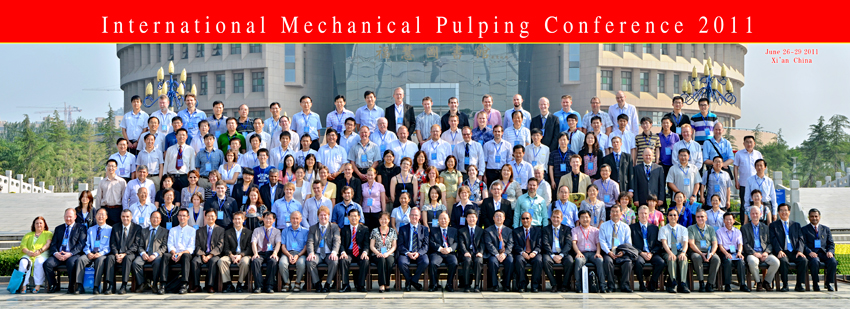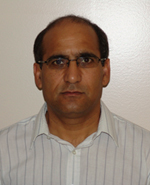
If you have difficulties reading this email, click here
/ Si vous éprouvez des difficultés à voir ce courriel, cliquez ici |
 |
 |
 |
Recap of the International Mechanical Pulping Conference 2011, Xi'an, China |
The International Mechanical Pulping Conference 2011 was held in Xi’an, China from June 26 to 29. It was the first time that IMPC was held outside of North America and Scandinavian countries since its inception in 1953. However, it was no surprise given the emergence of the Chinese pulp and paper sector. Also to note that paper was invented in China over 2000 years ago during Hans Dynasty. The conference was sponsored by Shaanxi University of Science & Technology, Chinese Academy of Forestry and the Pulp and Paper Technical Association of Canada. I attended the conference as one of the PAPTAC organizing committee members. The enthusiasm of the host in China was outstanding. The most refreshing was the fleet of volunteer students who were willing to do anything for the delegates in-spite of their language difficulty. I truly enjoyed the hospitality of our Chinese host. In the field of Mechanical Pulping, IMPC is a well-attended conference and this time was no exception. There were around 200 delegates from 15 countries including 24 from North America. There was a large contingent from Scandinavia and it seems that region is very active in the field of mechanical pulping both in understanding the refining mechanism and in reducing energy usage. A lot of focus has been on chip pre-treatment by alkali-sulfite or peroxide to reduce refining energy. It was reported that these chemical treatments also improve fibre properties such as tensile, density and shives. At ANC, we will look into the possibility of incorporating chemical treatment while exploring inter-stage screening. The conference also reconfirmed that the best and easiest way to reduce refining energy is to run maximum production possible through refiners. |
The Pulp and Paper industry in China is flourishing. It is one of the highly sought disciplines among young college students. Even though there has been a rapid increase in both production and consumption of paper and paper products in China, it is just opposite for newsprint in the last number of years. We visited two mechanical pulp mills. The mills in China have better synergy by producing more than one product on their site. Apart from their own power plants, these mills were producing chemicals for both internal usage and for market. The challenges that Chinese paper mills face are the shortage of raw materials, increased environmental standards, and energy demand. The overall experience was truly enriching and provided a wonderful opportunity to attend this important international gathering on mechanical pulping in one of the most active countries in this sector and storied areas of the world. |
 Surendra Singh Energy, Pulping & Utilities Alberta Newsprint Company Member of the PAPTAC Mechanical Pulping Community |
740 Notre Dame W. Suite 1070, Montreal, QC H3C 3X6 - Tel: (514) 392-0265 - Fax: (514) 392-0369 - Email: [email protected] |